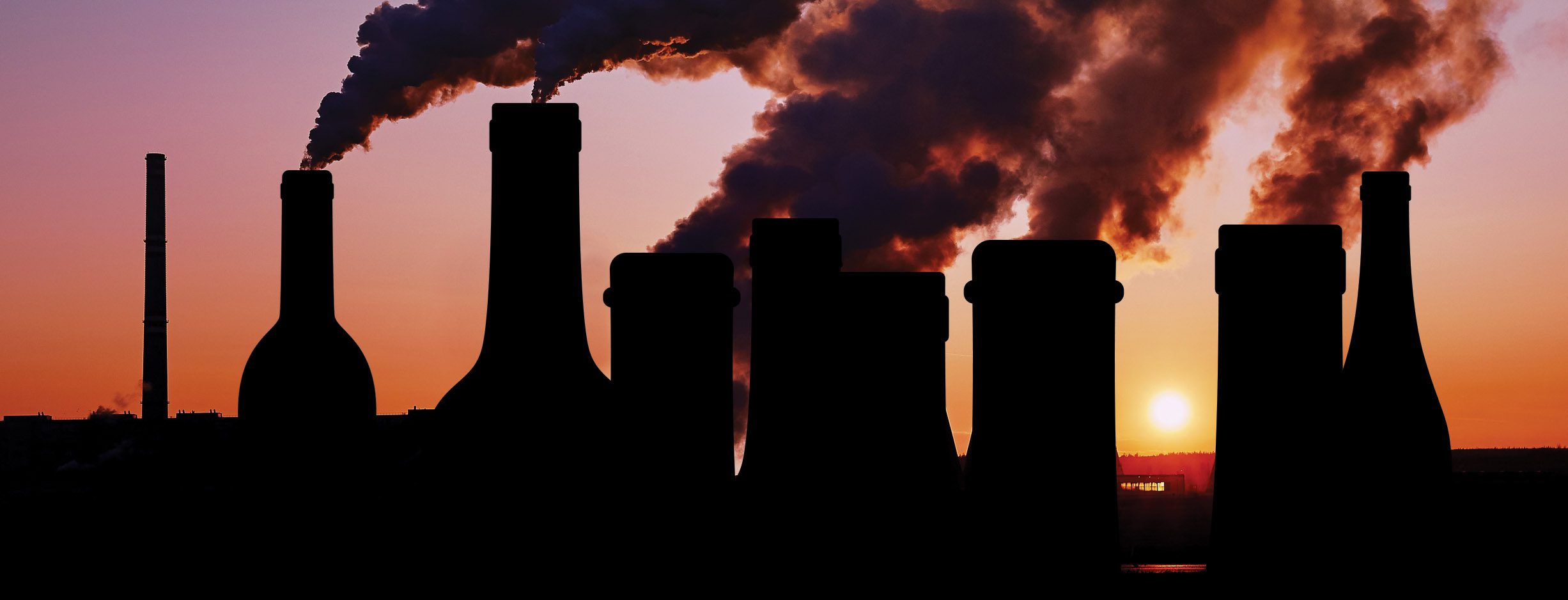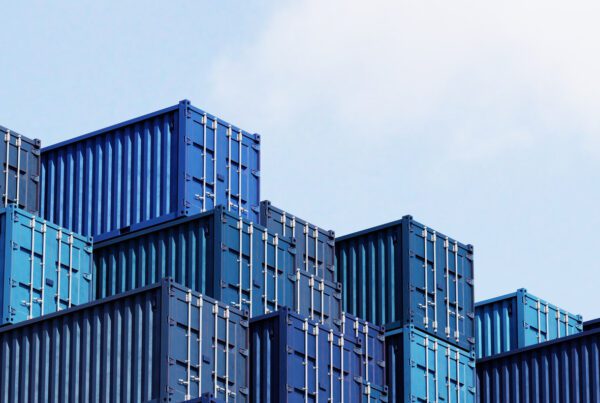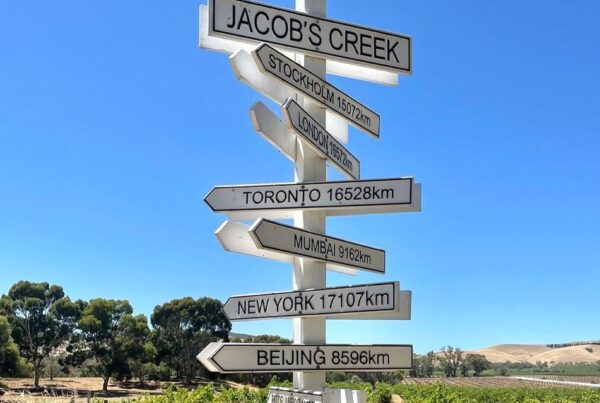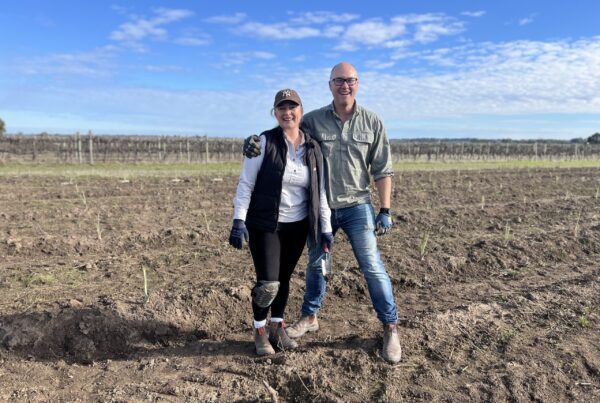
Electric tractors and solar panels will only do so much to reduce our carbon footprint – the elephant in the room is glass packaging.
When we think about climate change and the wine industry, we mostly think of the carbon costs of mechanisation in vineyards (fuel), pesticides and pumping water, and in wineries we think of the cost of power mainly for refrigeration and pumps. There are a number of articles and studies published in the grape and wine press elucidating the carbon footprint of viticulture and winery practices, which I provide in the references for those interested.
In the same articles, the carbon cost of putting wine into glass bottles and transporting it around the country and the world is also provided, but this seems to get much less attention. Estimates from research at the AWRI and by independent researchers in the UK, US (Dugan 2011) and Australia (Amienyo et al. 2016) show that between 60-70 percent of the carbon cost of wine from the point of growing grapes to the point of purchase by a consumer is the glass bottle and the transportation. The percentage can vary depending on how the bottle weights are estimated and whether the glass is recycled or not. The carbon cost of transportation can be reduced by shipping in bulk and bottling in market, but the carbon cost of melting and creating bottles is still the single biggest carbon producing element in wine production.
The article by Abbott et al. (2016) shows that an average bottle (500g empty) when filled and sent to market produces about 1.2 kg of CO2 per litre. Grapegrowing and winemaking account for 0.4 kg CO2/l; transportation about 0.2 kg CO2/l; and the bottle about 0.6 kg CO2/l. The new 330g bottles reduce the output to about 1.0 kg CO2/l. All of these are variable due to different transportation routes to market and the carbon cost of making glass in Australia versus in the export market. But glass is the biggest carbon cost by far.
Putting wine in a box makes a large difference to the carbon produced, mainly by the removal of the glass component but also in transportation. The total for a 4L cask is approximately 0.6 kg CO2/l or about half of that of using a standard glass bottle. Using 2L casks adds only marginally to the carbon cost per litre. If we made glass bottles square, then they would occupy less space and reduce the transportation cost somewhat.
So, when we wine marketers talk about natural wine, organic or biodynamic wine or our environmental practices in the field or winery and how good these can be for the environment, we are ignoring the elephant in the room of the huge carbon cost of using very old technology to store and ship wine. The solution or at least an improvement to this problem is not an easy one. As we know, outside of glass bottles there is little evidence of wine being able to age in other containers. Most alternate packaging options (mainly bag in box) allow a slow ingress of oxygen and have to add more sulphur to account for this, and thus they have limited shelf life. As far as I know, there is no data on long term aging in aluminium containers (bottles or cans). A conversation with the AWRI showed that there are issues with wine staying in a can more than a year or in some cases much less and so far there is no easy solution.
What can we as wine marketers do? It will be difficult to change perceptions about the viability of non-glass packaging for anyone considering aging wine. We know that most wine (about 85 percent) is consumed within a few weeks of purchase. We also know that most inexpensive wine is not aged at all, but some does sit around warehouses or homes for quite a while. So maybe the first marketing campaigns should look at wines in the lower price tiers.
Table 1 summarises the percentage of total wine sales in Australia’s four biggest markets by volume in the lower price tiers. There are some unusual differences between the markets, for example in rosé and sparkling, but overall a substantial percentage of all wines purchased in these countries are inexpensive and not likely to be aged. Certainly, sparkling wines present a technological issue compared to still wines, but these are a reasonable proportion of the wines we produce, and they are not likely to be aged.
Table 1: Percentage of low-priced wines by country
| Type | China – Under 90 CNY | US – Under $9.50 | UK – Under 5 GBP | Aus – Under $9.50 |
| Red | 40% | 48% | 57% | 39% |
| White | 16% | 52% | 73% | 55% |
| Sparkling | 55% | 44% | 14% | 9% |
| Rosé | 12% | 76% | 50% | 37% |
Euromonitor Passport 2019 (2018 data)
I am not naïve enough to believe a simple marketing campaign will get consumers to buy wines in non-glass packaging. Also, the bags used in cask wines are not recyclable or biodegradable. Other packaging options might be more environmentally friendly and more approachable. Recently Carlsberg beer announced it is working on a fully biodegradable beer bottle made from paper and a thin plastic membrane. If beer can be bottled in this package, wine probably could as well. Non-traditional brands and even non-traditional wines made by traditional producers might be the first to take on this challenge. A group of wineries might consider emulating the group launch tactic used by Clare Valley wineries in 1999 and 2000 when they launched a number of brands simultaneously in the new vintage using screwcaps.
Australia has always been one of the most innovative wine countries in the world. There is good evidence that innovations in growing and making wine are adopted more rapidly and more widely in Australia than in other countries. Now is our chance to innovate in wine packaging with a very important goal in mind. We know not all consumers will respond to climate change-based appeals in the marketplace, but demographics are on our side. The baby boomers are drinking less wine as they age, and the following generations are becoming the largest buyers and consumers of wine.
Of course, when I use the word ‘wine’ I have to refer to all types of beverages that have their origin as fermented grape juice, some of which are not legally wine. The use of botanicals (including cannabis in the US and Canada), blends of wine and other beverages, wine without alcohol and many other variants all might be better placed to enter the market in innovative packaging than traditional table wine. These innovative beverages may or they may not increase the acceptance for alternative packaging for traditional table wine. The growth of wine coolers in the 1980s and other mixed beverages which included wine did not grow the consumption of regular table wine. However, the facts are staring us in the face: glass packaging is an indulgent high-carbon factor in global warming. It is small in the total context, but in our industry it is very, very big.
Abbott, T., M. Longbottom, E., Wilkes, and D. Johnson (2016), “Assessing the environmental credentials of Australian wine”, Wine and Viticulture Journal, January/February, 35-37.
Amienyo, D., C. Camilleri, and A. Azapagic (2014), “Environmental impacts of consumption of Australian red wine in the UK, Journal of Cleaner Production, (72), 110-119.
Dugan, B. (2011), “WBM special report: Wine’s large glass carbon footprint and how to shrink it”, Wine Business Magazine, December.
Professor Larry Lockshin is with the Ehrenberg Bass Institute, University of South Australia.
• This article was first published in the January-February issue of WBM – Australia’s Wine Business Magazine. To subscribe visit www.wbmonline.com.au/shop









Recent Comments